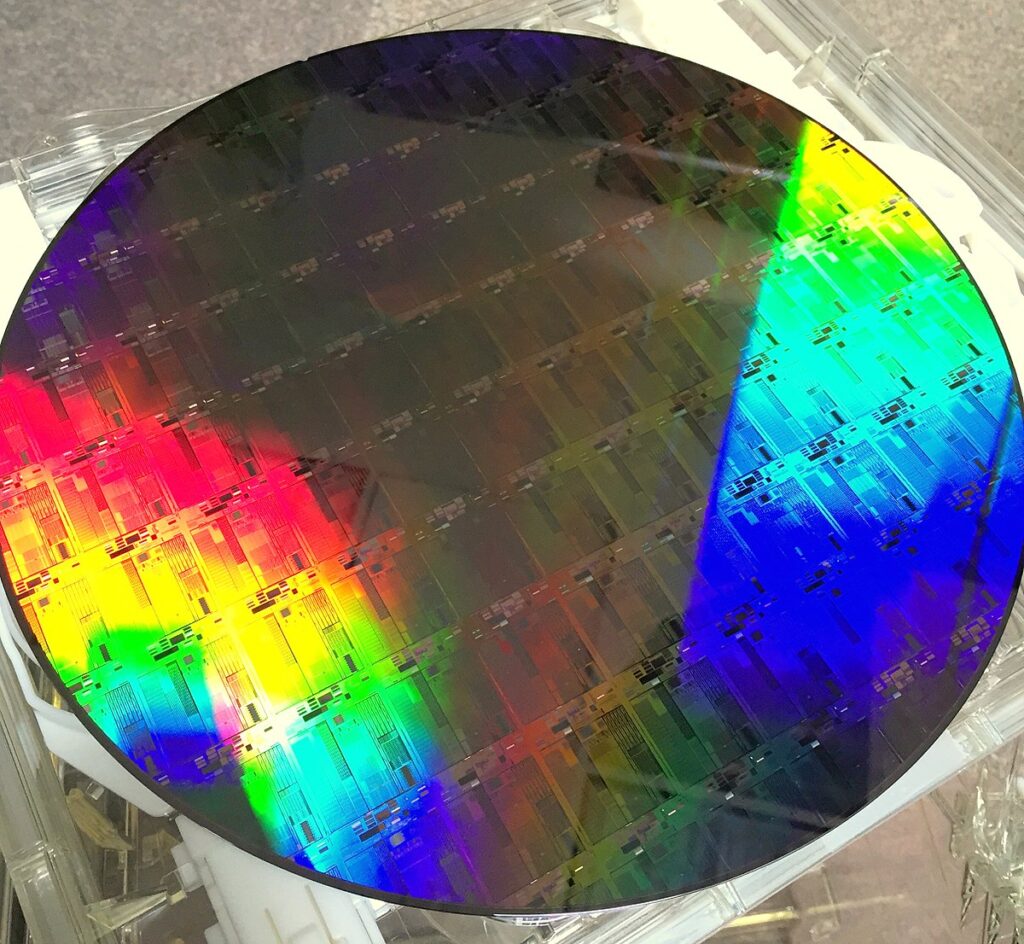
Silicon-photonics is a rapidly evolving field that combines the properties of silicon, a material commonly used in electronic devices, with photonics, the study of the properties and behavior of light. This technology has the potential to revolutionize the way we transmit and process information, and it is already being used in a variety of applications, from data centers to medical devices. In this blog post, we will explore the trends in silicon-photonics and the impact it is likely to have on the future of technology.
One of the most significant trends in silicon-photonics is the increased use of silicon-based optical devices. Traditional optical devices such as lasers and detectors are typically made from materials like indium phosphide and gallium arsenide. However, silicon is a more readily available and less expensive material, and it has been found to be capable of performing many of the same functions as these traditional materials. This has led to the development of silicon-based lasers, modulators, and detectors, which are increasingly being used in data centers and other applications.
Another trend in silicon-photonics is the use of silicon-based optical waveguides. A waveguide is a device that guides light through a medium, and silicon waveguides are becoming increasingly popular in data centers and other applications. This is because silicon waveguides have a number of advantages over traditional optical fibers, including lower loss and higher bandwidth.
Silicon-photonics is also being used to develop more compact and efficient devices. For example, researchers have been working on developing silicon-based optical amplifiers, which could replace bulky and power-hungry electronic amplifiers. Additionally, silicon-photonics is being used to develop more advanced optical modulators, which are devices that can modulate the phase or amplitude of light. These devices are crucial for high-speed data transmission and could lead to faster and more efficient communication systems.
Another trend in silicon-photonics is the increasing use of machine learning. Machine learning algorithms are being used to optimize the performance of silicon-photonics devices, such as by controlling the phase and amplitude of light. This could lead to more efficient and effective devices that can learn and adapt to changing conditions.
Silicon-photonics is also being used to develop new medical devices. For example, researchers are working on developing silicon-based optical sensors that can be used to monitor vital signs such as blood oxygenation, heart rate, and blood pressure. These devices could be used to improve patient care and reduce the need for invasive procedures.
Silicon-photonics is also being used to develop new imaging technologies. For example, researchers are working on developing silicon-based cameras that can capture high-resolution images at high speeds. These cameras could be used in a variety of applications, including in security systems and in the automotive industry.
Finally, the trend towards miniaturization and integration of silicon-photonics devices is increasing. With the progress of the silicon-photonics technology, the size of the devices is getting smaller and smaller, which makes it possible to integrate several devices into one chip, this allows for a more compact, efficient, and cost-effective solution.
In conclusion, silicon-photonics is a rapidly evolving field that is having a significant impact on the way we transmit and process information. The use of silicon-based optical devices and waveguides, the development of more compact and efficient devices, the use of machine learning, the development of new medical devices and imaging technologies, and the trend towards miniaturization and integration of devices are some of the most significant trends in silicon-photonics.


No responses yet